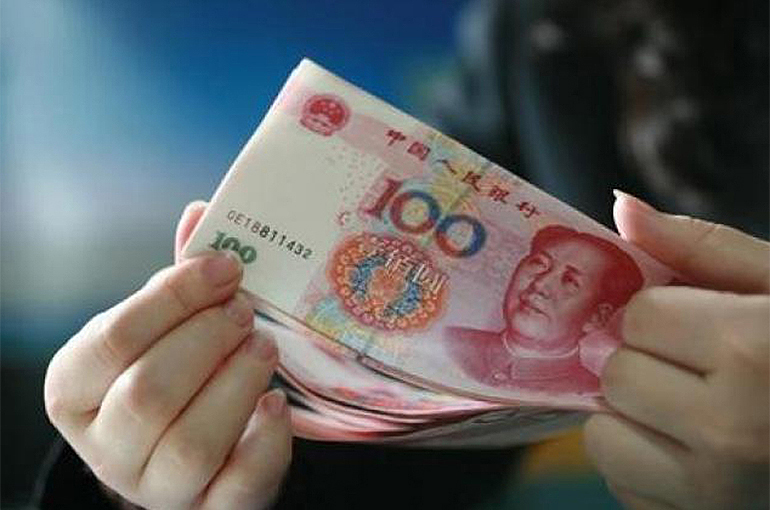Select Language:
The latest official data reveals that during the first nine months of the year, the per capita disposable income in eleven Chinese provincial-level regions surpassed the national average. This marks an increase of three regions compared to the previous year.
Shanghai led the way with a per capita disposable income of CNY69,220 (approximately USD9,720), closely followed by Beijing at CNY67,206. Zhejiang province ranked third with CNY54,653.
The national average for per capita disposable income was CNY32,509 during this period, reflecting a nominal growth of 5.1%, with an actual increase of 5.2% after adjusting for inflation.
Tianjin, Jiangsu Province, and Guangdong Province secured the fourth through sixth positions, each boasting per capita incomes exceeding CNY42,000. Fujian Province came in seventh with CNY39,213. Shandong Province, Chongqing, Liaoning Province, and the Inner Mongolia Autonomous Region occupied the eighth to eleventh spots, each with incomes over CNY30,000.
Among central and western regions, Chongqing, Inner Mongolia, Anhui Province, Hunan Province, and Hubei Province stood out for their higher per capita incomes during the first three quarters. These areas are noted for their relatively advanced levels of industrialization and urban development.
In recent years, the pace of industrialization and urbanization in central and western China has accelerated. Innovation in science and technology has become a key driver of economic growth, leading to the rapid emergence of modern industrial clusters within the region.
This industrial development has generated increased demand for a skilled workforce. Many local university graduates are choosing to stay in their home regions after graduation, while an influx of talent from other parts of the country has also contributed to regional growth.
Data from China’s two latest national economic censuses indicate that the number of employees in legal entities registered in Anhui exceeded 17.7 million at the end of 2023, representing a 30% increase over five years — the highest growth rate among Chinese provincial regions.







